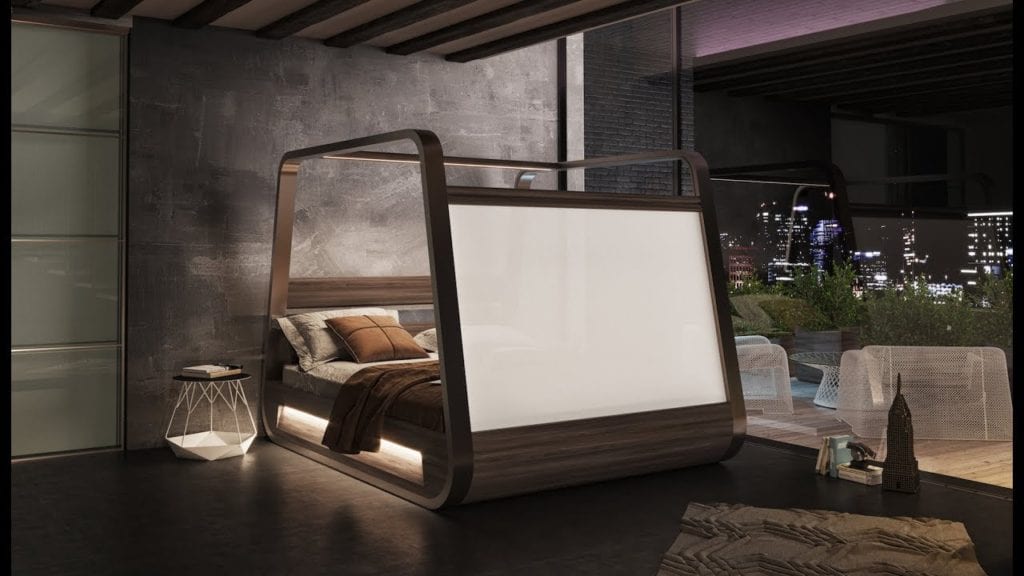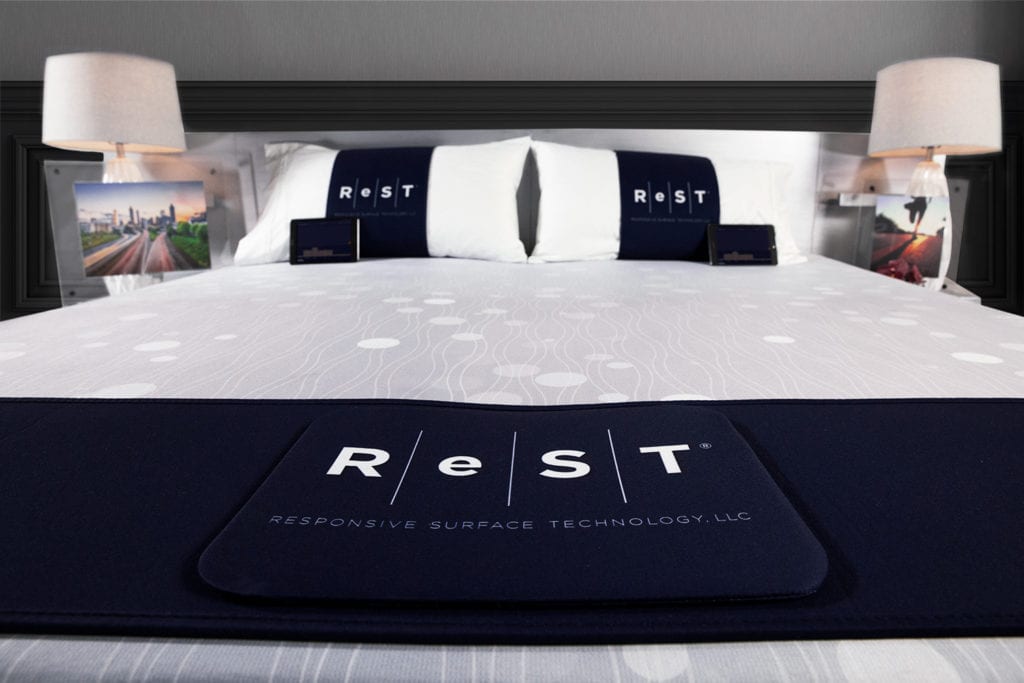
Smart Technology: The Era of Smart Beds
All around us we have smart technology.
Our smart cameras have auto-focus, auto-exposure, and auto-zoom. They recognize faces and snap the shutter for a smile. We drive smart cars, talk on smart phones, and some of us live in smart houses. The idea of applying smart technology is to make life safer, easier or more comfortable, and our work more efficient.
What has made this possible is the Information Revolution. In 1952, we watched on TV as the room-sized Univac computer compiled election returns and forecast Eisenhower as the winner. Now we can hold the computing power of the Univac in our hand, while connecting us to even more powerful devices around the world.
Overcoming Distrust and Resistance
Advances in technology have always had their detractors. Some segments of society shun machinery operated by anything other than water power or muscle power. Even those of us used to powered machines may be hesitant when it comes to “smart” devices. One pundit remarked, “Is my smart stuff supposed to make me feel smart or to make me feel stupid?” The serious side of this remark is that many people are intimidated by “smart” things, generating remarks such as, “My phone is smarter than me.” However, as we become accustomed to smart devices and learn how to use them, we recognize and take advantage of their benefits.
Into the Bedroom
Now the Information Revolution has come into the bedroom. This is not the television, a computer, or even the smart phone on the night stand, but the bed itself. To some of us, this may seem like it popped up overnight, but it has been a long time coming.
The development of smart beds can be traced back as far as the first powered adjustable beds and adjustable airbeds. Adjustable bases for our bedrooms originated as adjustable beds for hospitals and nursing homes. Originally manually adjusted, electric power was applied. Simple switches became control panels with the addition of a few preset positions.
Air mattresses (a.k.a. airbeds) have been around for a long time. At first they were inflated by blowing into the air tube or using a bellows or hand pump. With the advent of electric air pumps came the potential of adjusting the firmness of the bed while in use. This began with “Up” and “Down” switches on the pump control coupled with an installed air pressure gauge.
Smart Bed Benefits
The role of a smart bed is more than making life safer, easier or more comfortable, but for making us healthier. How is that? The purpose of a smart bed is to help us sleep better so we can wake up rested, refreshed. The real questions are, “How can a smart bed help you sleep better?” and “Do they really work?”
The original “smart beds” were air beds that maintained the air pressure set by the user (or in a hospital, by the staff). What was “smart” about this was the feedback sensing of air pressure in the mattress and the adjustment response of the control unit.
Smart Bed Development
Various kinds of smart bed technology are applied by different manufacturers.
Smart Bed Manufacturers
★ ReST
Responsive Surface Technology, LLC (ReST), a division of Patient Tech, developed a mattress cover which senses a sleeper’s position, temperature, heart rate, and respiration. This information is used to adjust pressure in an air mattress and the positions of an adjustable bed. The date of this system’s development is not given on the site, but the concept is the same as a project at VA Bone and Joint Center in Palo Alto, California (in cooperation with Stanford University) to apply the results of the 1998 SleepSmart Project.
The anticipated application of this project was clinical: “This will be a low-cost device capable of being used in Assisted Living Centers, the home and other sites for unobtrusive life signs monitoring and for the long-term monitoring of persons with certain sleep disorders.”

★ Sleep Number i10
The Sleep Number i10 Smart Bed, in the 360 Smart Bed series, senses the sleeper’s movements, heart rate, and breathing, making adjustments. It also interacts with a smart phone app, suggesting how to improve one’s sleep.
★ Sleep Number It Bed
The it Bed, also by Sleep Number, has embedded sensors. The biometrics are not only used in bed adjustments, but are also shared with a number of health tracking devices to coordinate sleep patterns with daytime activities.
★ Magni Smartech
The Magni Smartech by Italian manufacturer Magniflex has microphones to pick up the sounds of snoring. When snoring is detected, the position of the base for that side is adjusted to stop the snoring. While this may be a tempting purchase, not everyone can spring $20K for it.
★ Bed of the Future
As of now, the most avant garde smart bed is the Bed of the Future by Reverie. This longtime adjustable bed manufacturer now makes its own mattresses with a unique adjustable support system. The Bed of the Future is an adjustable base that adjusts its position in response to its reading of brain waves. This seems to be the essence of cyber sleep.
The Future of Cyber Sleep
We can expect the technology of biometrics to measure more of our body status remotely. At the same time, we may expect cybermechanics (computerized control of devices) to take advantage of these measurements. This will be applied to our bedrooms, adjusting temperature, lighting, sounds, and our beds with the goal of improving our sleep.The question is, “Do Smart Beds Really Help Us Sleep Better?”
At the same time, we need to personally control our use of electronic devices for the best results.

